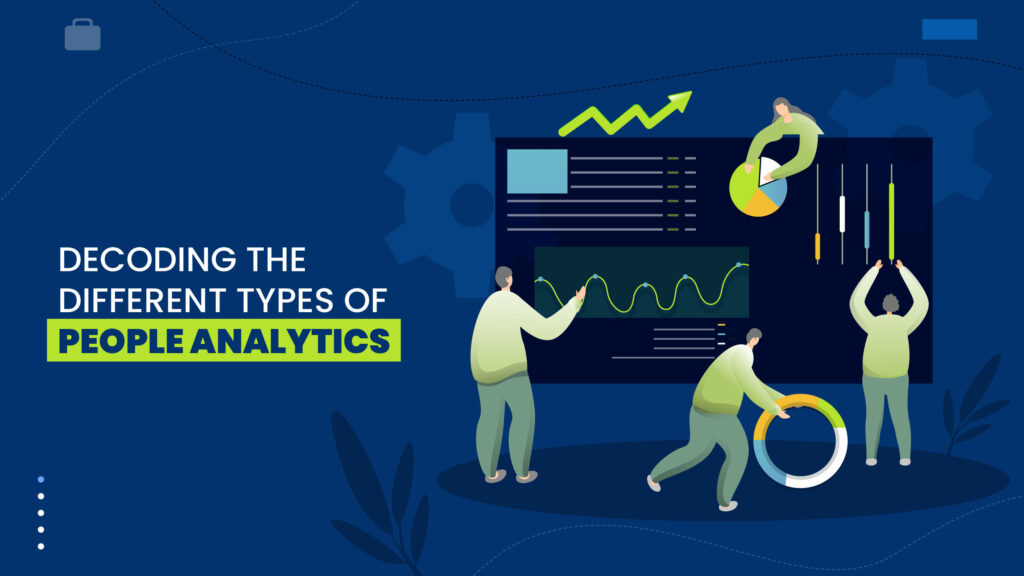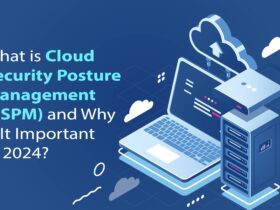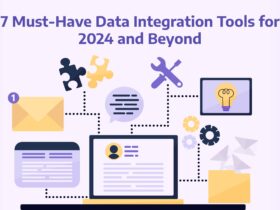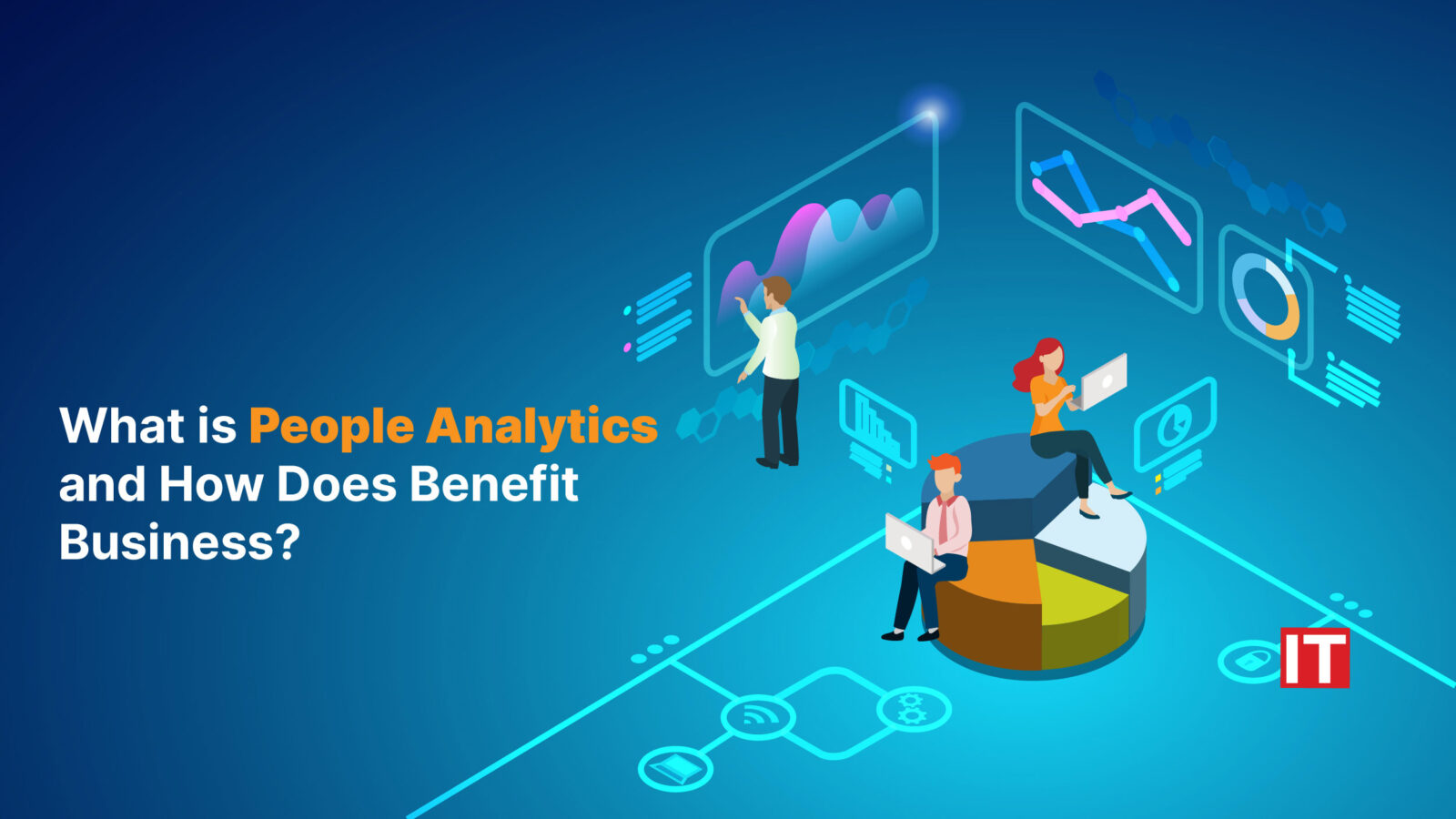People analytics is a strategy for evaluating all people processes, functions, difficulties, and opportunities at work using a comprehensive data-driven and goal-focused approach to improve these systems and achieve long-term commercial success.
According to studies conducted by Deloitte in 2021, improving remuneration, lowering the number of HR assistance tickets, and raising the acceptance rates of job offers are just a few ways that people analytics is swiftly replacing traditional HR metrics.
Let’s understand everything about people analytics in this article.
What is People Analytics?
People analytics is the way of evaluating all people processes, functions, issues, and opportunities at work to improve these systems and achieve long-term corporate success. It is thoroughly data-driven and goal-focused.
The terms talent analytics and HR analytics are also frequently used to refer to people analytics. In essence, collecting and analyzing people analytics helps to improve decision-making through the use of statistics and other methods for interpreting data.
As a result, it will be easier to make wiser, more strategic, and data-driven talent decisions that apply to all phases of the employee lifecycle, from hiring to performance management to retention.
Since its introduction to businesses in the middle of the 20th century, people analytics has undergone significant development. Predictive analytics has replaced prescriptive analytics, enabling organizations to better prepare for the dynamic of their operating environment and to be proactive rather than reactive. For instance, a few decades ago, advanced data science, interactive data visualization, and machine learning—all essential components of people analytics today—was not even considered.
Are people analytics and HR analytics the same?
Although it’s common to use both the terms “HR analytics” and “people analytics” interchangeably, there is a clear distinction. While people analytics goes beyond HR and incorporates data from the customer, marketing, and other sources, HR analytics indicates that the data is only relevant to Human Resources.
Additionally, service providers frequently simply concentrate on HR solutions rather than comprehensive people analytics solutions, and HR analytics is frequently misused.
Additionally, there are multiple people analytics courses available. Some examples of people analytics software are Visier People, Talentsoft, and SAP SuccessFactors.
Decoding the different types of people analytics

There are four different kinds of people analytics, and each one provides unique information. Even though they can each be useful on their own, together they provide a more complete picture. Consider your needs and the information you have access to into account when choosing the method to use.
1. Descriptive analytics
A fundamental form of people analytics called descriptive analysis (sometimes called decision analytics) examines trends in previous data sets to shed light on what transpired. Descriptive analysis, however, does not employ this information to forecast the future.
Organizations that use analytics typically rely on descriptive analytics. This kind of analytics is employed by 83% of companies.
2. Diagnostic analytics
Diagnostic analytics advances descriptive analytics by providing a deeper explanation for the insights found in the patterns, correlations, and anomalies of the data.
3. Predictive analytics
Predictive analytics classifies historical and current data to identify insights and then uses an estimating model to forecast potential future events.
Only 20% of businesses employ this kind of analytics often.
4. Prescriptive analytics
The third phase, prescriptive analytics, transforms predictive analytics into options for decisions and steps to take to succeed.
Prescriptive analytics is used heavily by 17% of firms, while it is used at least moderately by 42%.
What could businesses gain by using people analytics?
People analytics has many advantages for organizations in addition to helping them maintain a competitive edge.

Decision-making based on data and the application of evidence in HR
Instead of depending solely on a “feeling,” HR can make judgments that are supported by facts by analyzing internal data, research, and studies along with professional judgment, experience, values, and concerns. By doing this, biases, band-aid solutions, and contradictions are eliminated.
Organizations may reduce attrition rates by up to 50% and improve recruiting efficiency by 80% with data.
HR Interventions that influence organizational strategy
HR may use people analytics to put data into practice and match facts to organizational strategy and corporate objectives. HR can get a place at the leadership table and inform leaders on how new strategies and procedures can boost revenue and advance the company by demonstrating how suggested people initiatives will help the business thrive and achieve its goals.
Improved organizational and staff performance
Performance is improved by dashboards and trends that identify specific issues, such as workload, diversity and inclusion, and workplace risk assessments. People analytics has in some cases virtually increased staff production and performance.
Cost-effectiveness
People analytics can assist the company in more efficiently allocating its budget by showing the potential worth of each dollar spent in various circumstances. Consider, for instance, the case when data indicates that a specific L&D program increases revenue and employee performance. In that instance, increasing funding for this particular program while decreasing funding for others that aren’t providing the same value makes logical.
Similarly, a certain recruitment channel might continue to provide you with the best applicants who end up as top-performing workers. You can choose to spend less on other channels that are bringing in poor-quality prospects and invest more in this one.
Data can also be used to improve workforce planning and lower turnover.
Why is people analytics critical?
The heart of any firm is its people. Employees produce products, offer services, satisfy customers, and resolve challenging issues. Your organization’s most crucial areas, its people, and its bottom line can be affected by the data-driven decisions you make using the information provided by people analytics.
HR, business, and people leaders may make data-driven decisions to maximize employee potential and corporate outcomes with the assistance of people analytics teams. However, using people analytics doesn’t require you to be a people analyst. The most successful businesses give these insights to every leader they have.
Companies that effectively employ people analytics perform better than those that don’t.
To Wrap it up
People analytics has become a potent tool for businesses to better understand the requirements, wants, and preferences of their employees. Organizations may make educated decisions about hiring, training, remuneration, benefits, and other factors that affect the productivity and contentment of their workforce by utilizing data on employee performance, engagement, and well-being.
However, a culture of data literacy, ethical data handling, and open communication between managers, employees, and data analysts are necessary for people analytics to be successful. As more businesses use people analytics, it’s critical to strike a balance between utilizing data insights and upholding people’s autonomy and privacy. People analytics can completely change how we assist and manage our personnel, improving outcomes for both organizations and their workforce.

































